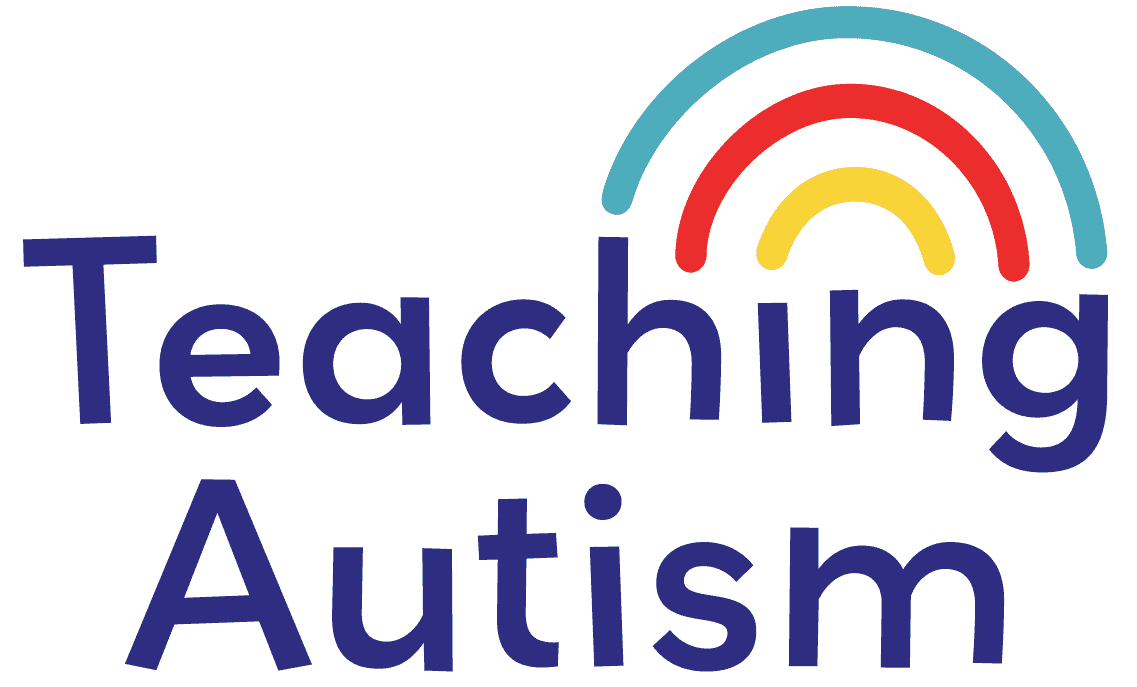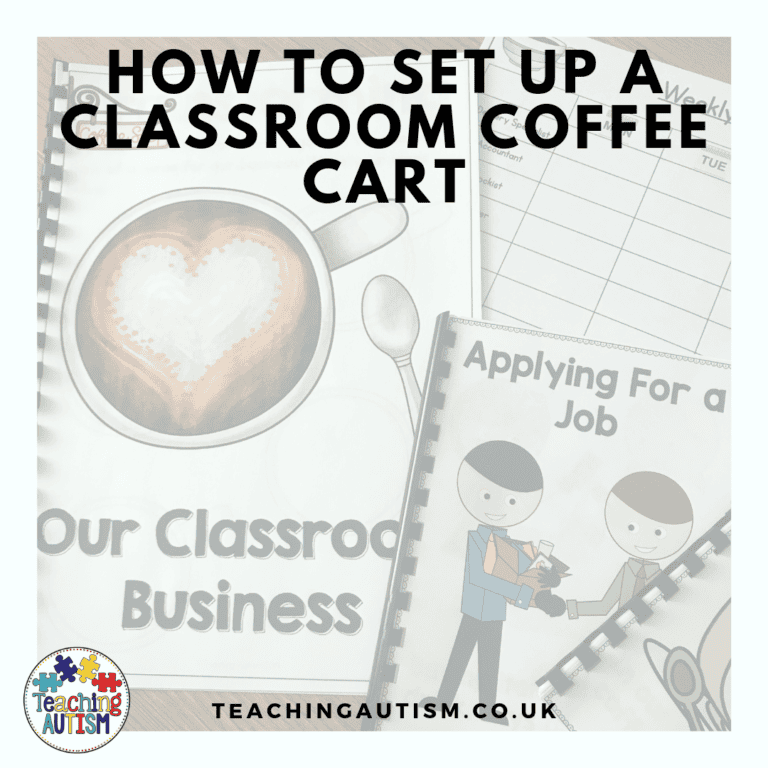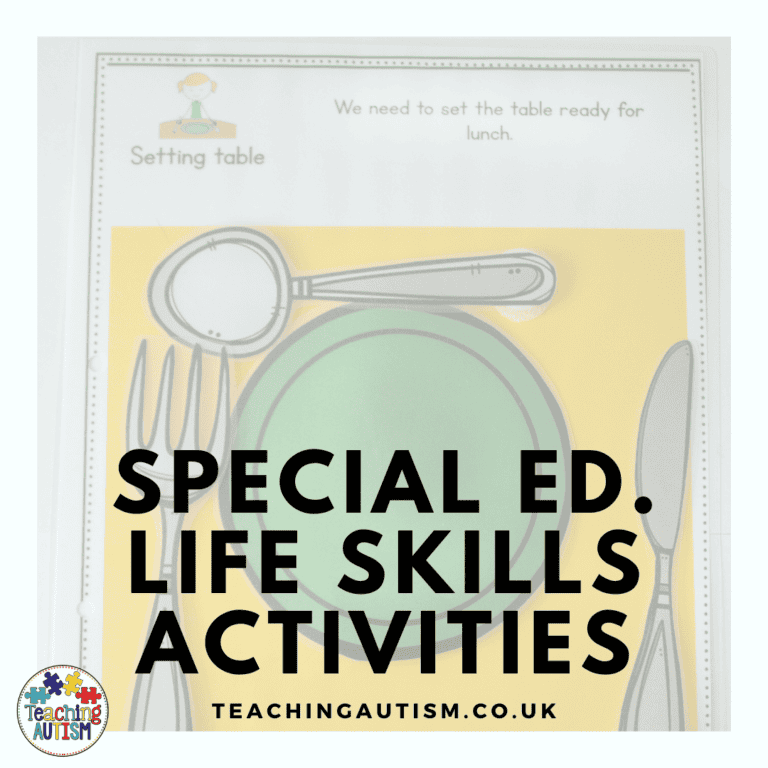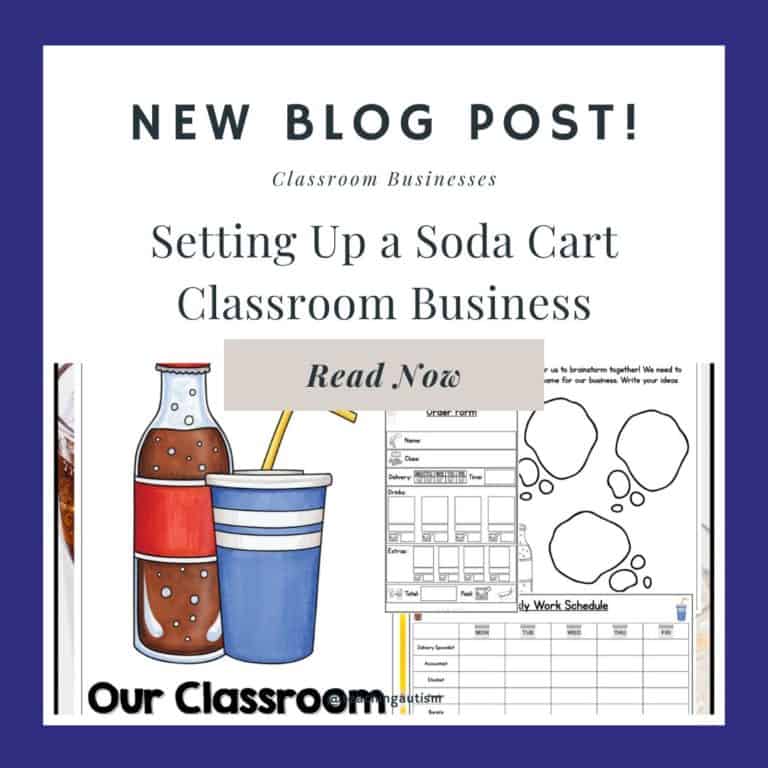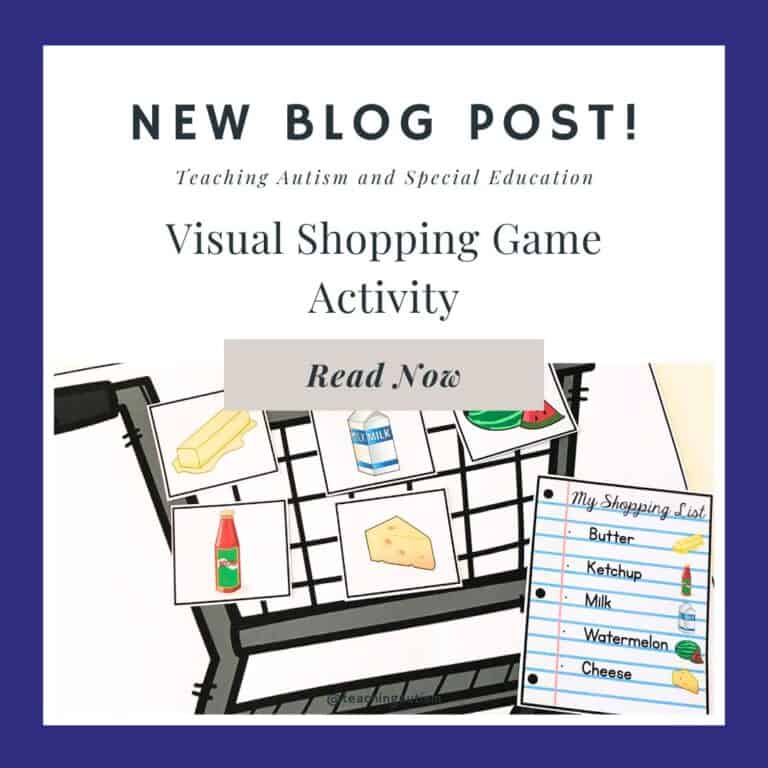Easy Life Skills Centers You Can Set Up on a Budget
In this blog post today I’m sharing 10 easy life skills centers that you can set up on a budget.. Or even, possibly for free! All of these centers and hands-on and give your students real-life experiences.
Life skills centers are one of my favorite ways to bring real-world learning into the classroom. They’re hands-on, meaningful, and give students the chance to practice everyday tasks they’ll actually use later in life.
But here’s the thing: you don’t need a fancy classroom setup, a huge budget, or a brand-new curriculum to get started. Some of the best life skills centers come from everyday objects, things you already have at home, can grab at the dollar store, or can ask families to send in.
Today, I’m sharing some of my favorite cheap, easy, and functional life skills centers that you can set up in your classroom with minimal effort and maximum impact.
Just in case you want to shop for some of the items, I’ve attached my favorites below too. Or even just to give you ideas. I also find it helpful to set up an Amazon wish list and send it to friends, family and even on my social media for when you’re setting up new centers like this too.
This blog post may contain affiliate links. This means that if you purchase an item through my affiliate link, I may receive a % of commission at no extra cost to you. This helps support me, my family and my blog to bring you great content for free!
1. Sock Match-Up Station
This one is always a hit, and super easy to prep.
What you need:
- A basket or bin full of clean socks (ask families to donate old ones!)
How it works: Students sort and match socks by size, color, or pattern. You can have them:
- Match pairs
- Fold them and roll them up
- Sort by size or who they belong to (if labeled)
Why it works: It’s great for visual discrimination, fine motor skills, and practical laundry prep.
Amazon List
*These links are affiliate links. This means that if you purchase an item through my affiliate link, I may receive a % of commission at no extra cost to you. This helps support me, my family and my blog to bring you great content for free!
2. Doll Laundry Sorting
Yes, this one includes Barbies (or any dolls) and yes, it’s a classroom favorite.
What you need:
- A small basket of doll clothes (thrift stores are your best friend)
- Two labeled bins or laundry baskets: Lights and Darks
How it works: Students sort the doll clothes into the correct baskets. You can also add a pretend washing machine (a cardboard box works!) and have students act out the laundry process.
Bonus: Let them hang the doll clothes to “dry” with pegs on a string. You can also dirty some of the clothes and have them sort dirty/clean.
Why it works: This teaches sorting by attribute, introduces laundry vocabulary, and gives students a mini real-life task they can understand and enjoy.
Amazon List
*These links are affiliate links. This means that if you purchase an item through my affiliate link, I may receive a % of commission at no extra cost to you. This helps support me, my family and my blog to bring you great content for free!
3. Utensil Sorting Tray
What you need:
- A plastic cutlery tray (ask families or grab one from the dollar store)
- A mix of spoons, forks, knives (no sharp edges!)
How it works: Students sort the utensils into the correct compartments. You can also add visuals or labels for extra support.
Why it works: It’s quick to set up, easy to differentiate, and builds practical skills for kitchen independence.
Amazon Links
*These links are affiliate links. This means that if you purchase an item through my affiliate link, I may receive a % of commission at no extra cost to you. This helps support me, my family and my blog to bring you great content for free!
4. Button Sorting or Sewing Center
What you need:
- Buttons of different sizes and colors
- Threading string or small sewing cards (or felt squares with holes)
How it works: Students sort buttons by color, size, or number of holes. You can also have them practice threading them onto yarn or felt.
Why it works: This strengthens fine motor skills and preps students for real-world sewing or fastener tasks.
5. Snack Prep Station
What you need:
- A small tray with utensils, plates, and containers
- Fake food or safe snacks (depending on your setup)
How it works: Students follow a simple visual recipe to prep a snack. Think:
- Spreading butter or jam
- Slicing soft fruit with a plastic knife
- Sorting food into containers for a lunchbox
Why it works: It builds independence, sequencing, and fine motor skills and kids love it.
6. Recycling Sort Center
What you need:
- Clean empty boxes, cans, plastic containers
- Bins labeled: Paper, Plastic, Metal
How it works: Students sort items into the correct recycling bin. Add visuals if needed and make it a game!
Why it works: Teaches eco-friendly habits and real-world sorting skills.
7. Fold the Laundry Center
What you need:
- Baby or doll clothes
- Towels or washcloths
How it works: Students practice folding simple items. You can model steps visually or break it down:
- Fold in half
- Fold again
- Stack
Why it works: Laundry is one of the easiest real-life routines to recreate in the classroom—and this builds sequencing and independence.
8. Table Setting Practice
What you need:
- Plates, forks, spoons, napkins (plastic or real)
- Visual table setting placemats (optional)
How it works: Students use a model or visual to set the table correctly. Add conversation prompts like “What meal are we having today?”
Why it works: Great for routines, sequencing, and learning community expectations (plus it pairs great with snack prep!)
9. Sorting Laundry by Person
What you need:
- A small pile of clothing (baby clothes or labeled student clothes)
- Bins or hangers labeled with names/photos
How it works: Students sort items into the correct person’s pile. You can also turn this into a dress-the-person activity with printed figures.
Why it works: It ties in name/picture recognition, sorting by category, and daily living routines.
10. What Doesn’t Belong? Life Skills Edition
What you need:
- Trays or task cards with groups of items (e.g., shampoo, soap, spoon, toothpaste)
How it works: Students identify the item that doesn’t belong in the group and explain why.
Why it works: It develops critical thinking and context awareness around home and hygiene tasks.
Bonus Tips for Running Life Skills Centers:
- Rotate them weekly to keep things fresh
- Use visual instructions at each station
- Practice each task during group time first
- Keep tasks short, structured, and clearly defined
And remember – progress isn’t about perfection. It’s about giving your students the opportunity to try, to explore, and to feel capable doing everyday things.
Want ready-made activities and resources for life skills? Check out:
- Life Skills Task Boxes
- Social Narrative Stories for Life Skills
- Life Skills Adapted Books
- Grocery Shopping Boom Cards
- Life Skills Adapted Binder
Helpful Links
You may also be interested in;
- Using a Diary for Life Skills
- 5 Life Skills Boom Cards for Special Education
- 10 Life Skills to Teach This Summer
- 5 Life Skills at Home
If you found this blog post helpful, please consider sharing it with your friends and colleagues on social media, it helps more teachers find support, and it means the world to me and my little family too.
And if you haven’t already, be sure to check out my Free Resource Library for tons of classroom tools, visuals, and printables to make your teaching life easier (and a whole lot more fun!).
P.S. Have you signed up for my VIP membership yet? If not, head on over and sign up now. You’ll get access to hundreds and hundreds of resources, templates, crafts and more being uploaded every month!
Nikki
